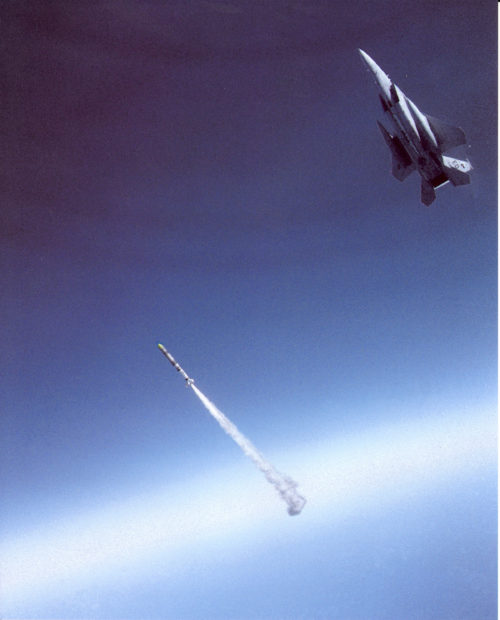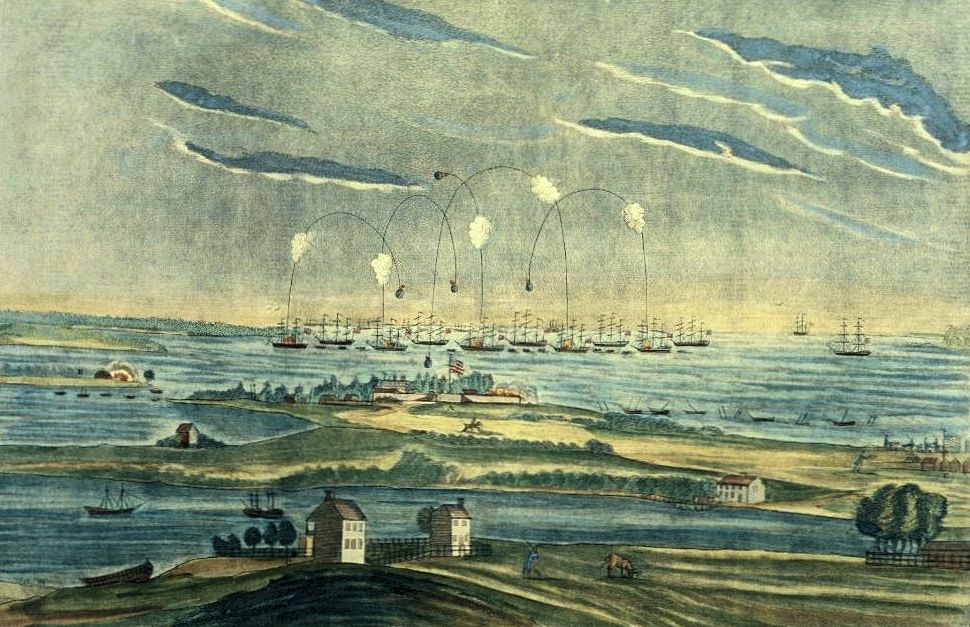September 13 in U.S. military history
1814: Unable to break the strong American defensive lines around Baltimore after a series of attacks, British troops return to their ships. Meanwhile, Vice Adm. Alexander Cochrane’s fleet begins a 25-hour bombardment of Fort McHenry, which guards the entrance to Baltimore harbor. The ships fire their cannons and rockets at maximum range and are unable to inflict any serious damage.
American lawyer and amateur poet Francis Scott Key observes the attack while aboard a Royal Navy ship to secure the release of an American prisoner. Key is so moved by the nighttime bombardment and the sight of the American flag in the morning that he writes “Defence of Fort M’Henry” on the back of an envelope, which will become the “Star-Spangled Banner.” The song does not become our national anthem, however, until 1931.
1847: After Marines capture the castle Chapultepec, the Mexican capital is now in American hands. The Duke of Wellington, who defeated Napoleon in the Battle of Waterloo, will say that American Maj. Gen. Winfield Scott’s brilliant campaign against Santa Anna’s forces during the Mexican-American War is “unsurpassed in military annals,” and names Scott the “greatest living general.”
1906: As revolution threatens Cuban President Tomás Estrada Palma’s government, six officers and 124 Marines and sailors disembark from USS Denver (C-14) to help restore order.
1943: At Salerno, German troops launch a counterattack that drives Allied forces back to the beach.
1944: Lt. Gen. Carl A. Spaatz, the commander of Strategic Air Forces in Europe, has convinced war planners that oil facilities must be the top bombing priority. For the third day in a row, massive raids consisting of hundreds of American bombers target German synthetic oil plants. Luftwaffe losses are heavy.
After Germany’s defeat, Spaatz will take control of strategic bombing in the Pacific Theater, directing the atomic attacks. Gen. Dwight Eisenhower will refer to Spaatz and Gen. Omar Bradley as the two American generals with the greatest contributions to winning World War II.

1985: An F-15A Eagle flown by Maj. Wilbert D. “Doug” Pearson Jr. takes off from Edwards Air Force Base and performs a near-vertical “zoom” climb to 80,000 feet. Meanwhile, Pearson’s Vought ASM-135A missile homes in on a U.S. satellite 330 miles above the earth’s surface, traveling some 17,500 miles per hour. The anti-satellite missile automatically launches, and in moments, a kinetic warhead traveling at 15,000 miles per hour impacts the satellite in the missile’s first test on a live target.

Today’s post is in honor of Staff Sgt. William R. Squier, Jr. who was killed by enemy small-arms fire on this date in 1969 in Binh Thuan province, Republic of Vietnam. The 20-year-old native of Brownell, Ks. had been in Vietnam for 17 months and was assigned to “C” Company Rangers, 75th Infantry.
